Some guns grab attention when they first hit the market—then quietly disappear a few years later. It’s usually for good reason. Either they had reliability problems, design flaws, or just didn’t live up to the promises. Hunters, shooters, and collectors all have a few of these sitting in the back of a safe, wondering why they bought them in the first place. If you’ve ever gotten burned by a short-lived firearm, this list might hit close to home.
Remington R51
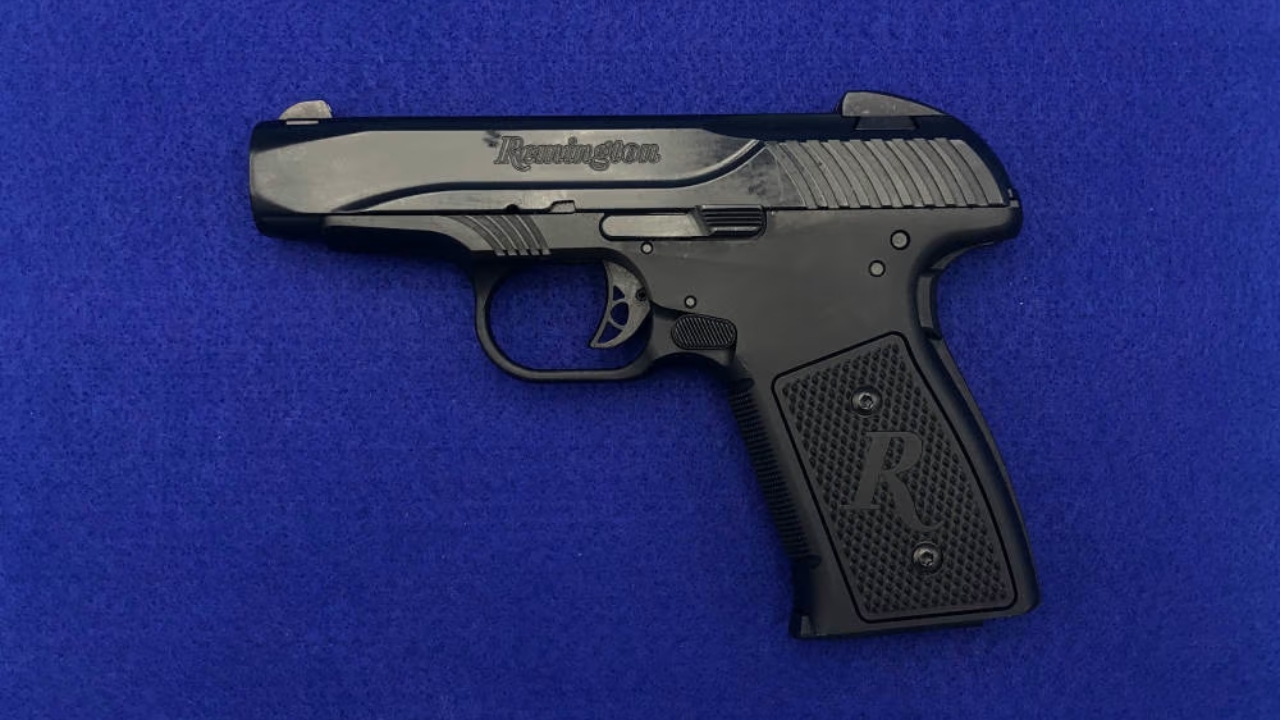
The Remington R51 was marketed as a comeback of a classic design, but the relaunch was rocky. Early models had feeding issues, harsh recoil, and quality control headaches.
Remington pulled it back for fixes but by then, the damage was done. Even after the second release, shooters stayed wary. You’ll find them cheap on the used rack, but most folks learned their lesson and don’t trust it for serious use anymore.
Winchester SXR
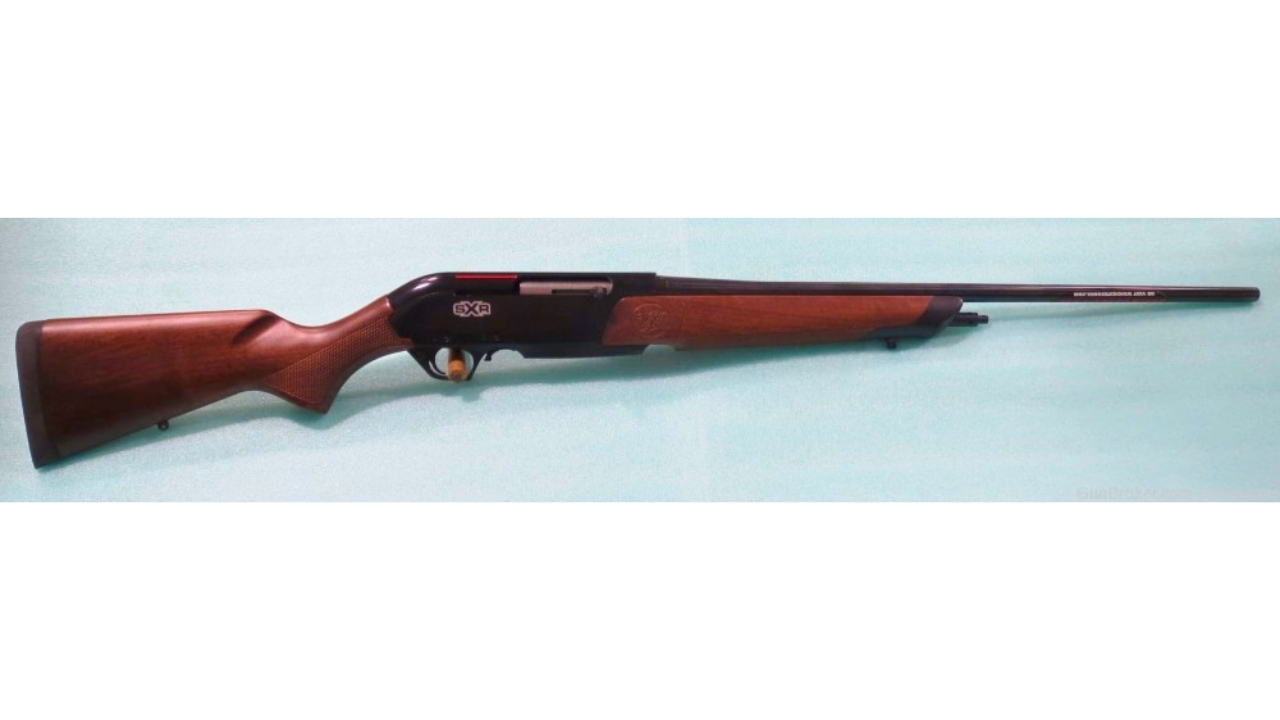
Winchester’s SXR looked promising for the semi-auto hunting crowd, but it just didn’t catch on. Shooters complained about finicky cycling and difficult cleaning.
It quietly faded away, leaving hunters who bought in early scrambling for parts and support. For a brand like Winchester, this one ended up being an afterthought instead of a mainstay.
Beretta U22 Neos
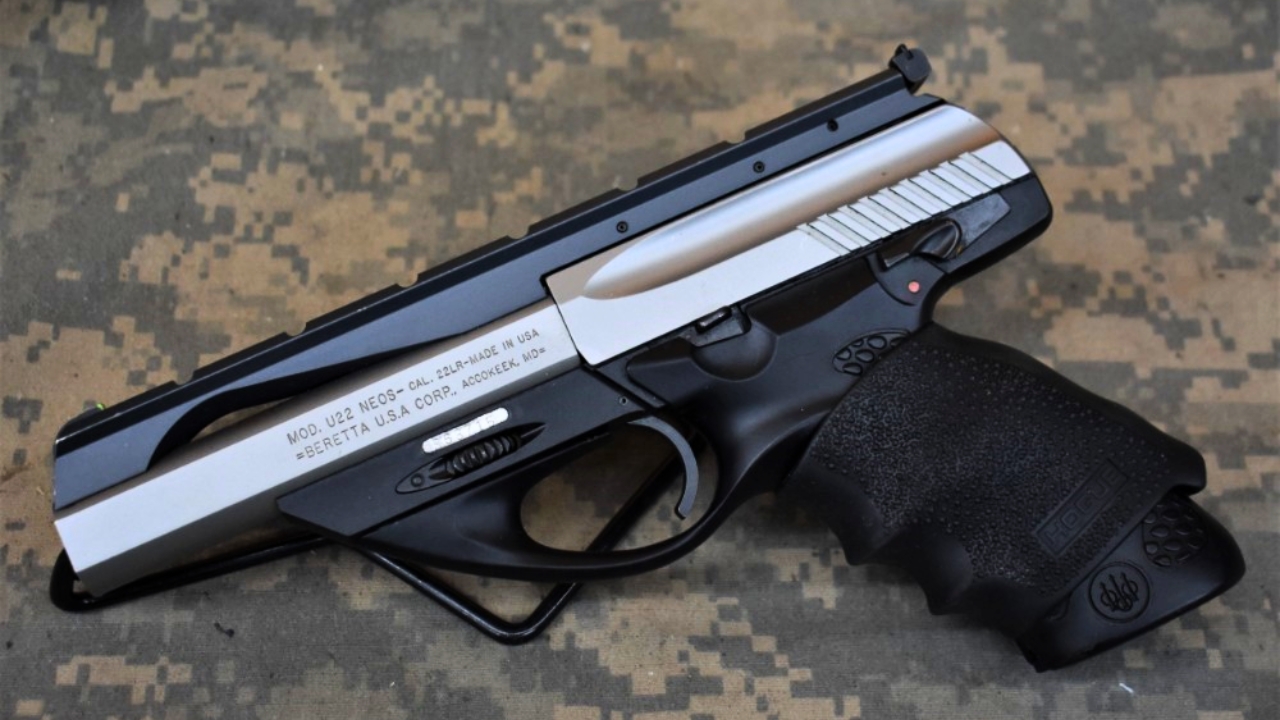
The Neos tried to be a fun plinker with a futuristic look, but it earned a reputation for jamming and inconsistent accuracy. The recall over accidental discharges didn’t help.
After a few years of poor reception, Beretta stopped promoting it altogether. Plenty of shooters liked the look but couldn’t count on it for reliable shooting sessions.
Remington V3 Tac-13
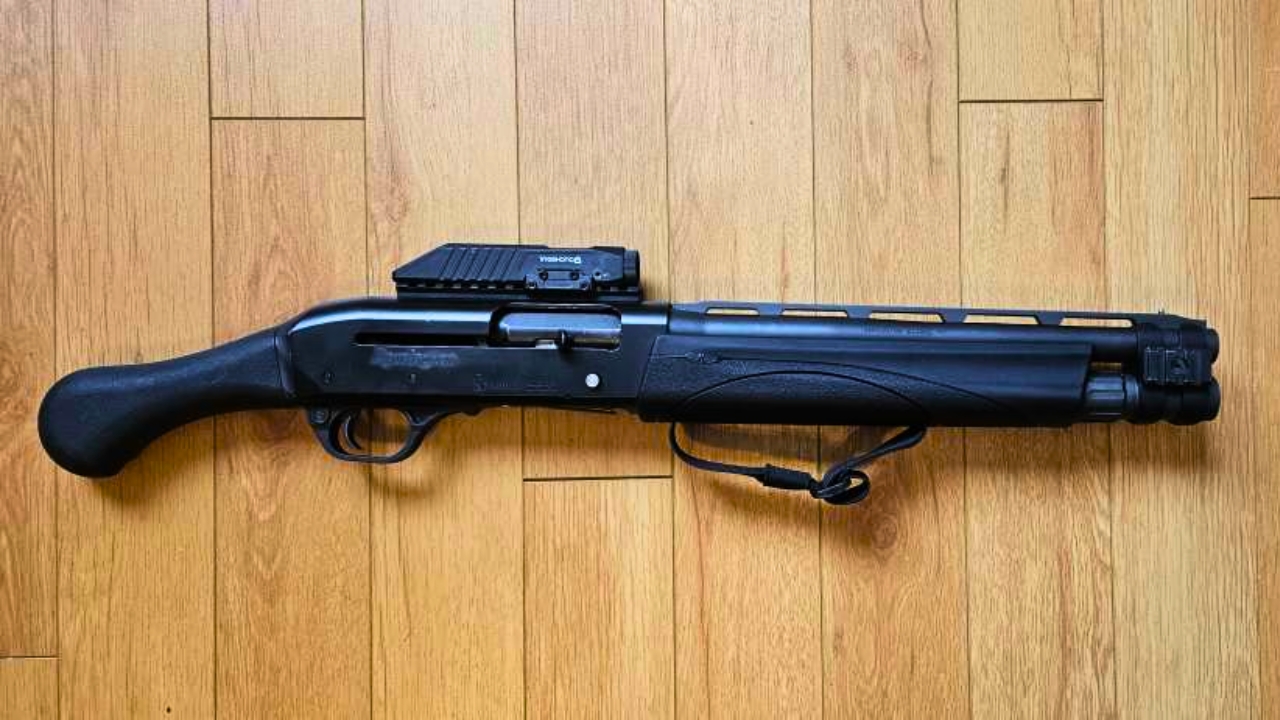
The Tac-13 had fans in the home-defense world but never found footing with a wider audience. It was expensive, hard to handle without a brace, and limited in versatility.
With production halted after Remington’s shake-ups, it’s now just another discontinued firearm that got outpaced by simpler options like pump-actions and tactical shotguns.
Mossberg 464 SPX
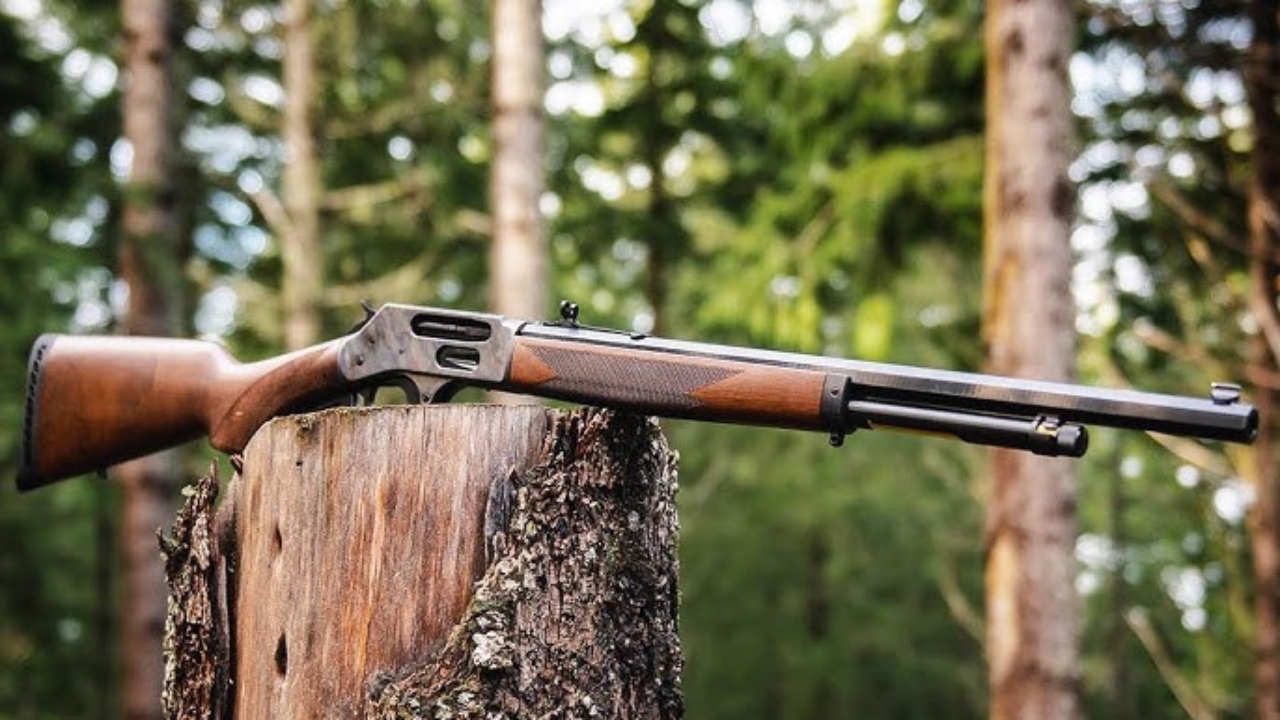
Mossberg tried to modernize the lever-action with the 464 SPX, but most folks weren’t buying it. Traditional shooters didn’t like the looks, and tactical fans didn’t love the lever gun feel.
Sales fizzled out fast. These days, you rarely see them in stores, and when you do, it’s usually sitting for months on the used rack.
Sig Sauer P250
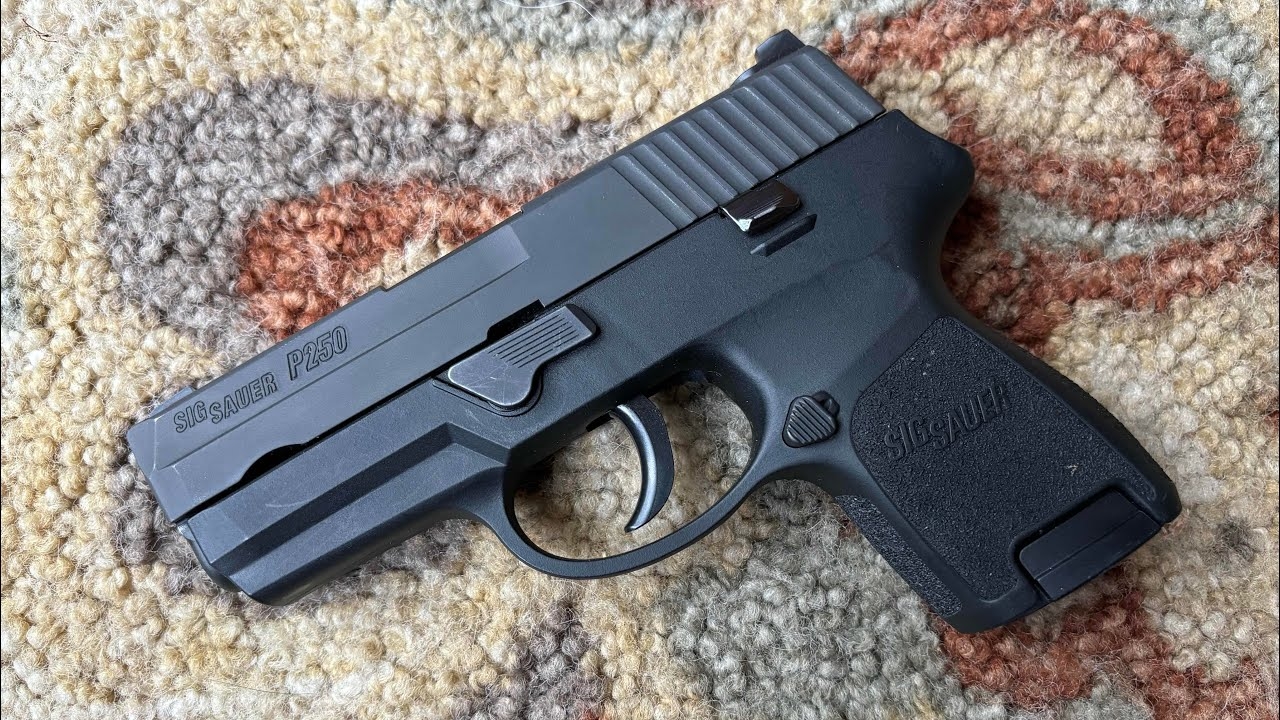
The P250 had one big idea—modularity. But between the mushy trigger, lack of striker-fire popularity, and the later success of the P320, the P250 was quickly overshadowed.
Sig moved on, and so did shooters. You can still find P250s, but parts and accessories dried up quickly. It’s now more of a forgotten stepping stone than a go-to handgun.
Ruger SR556
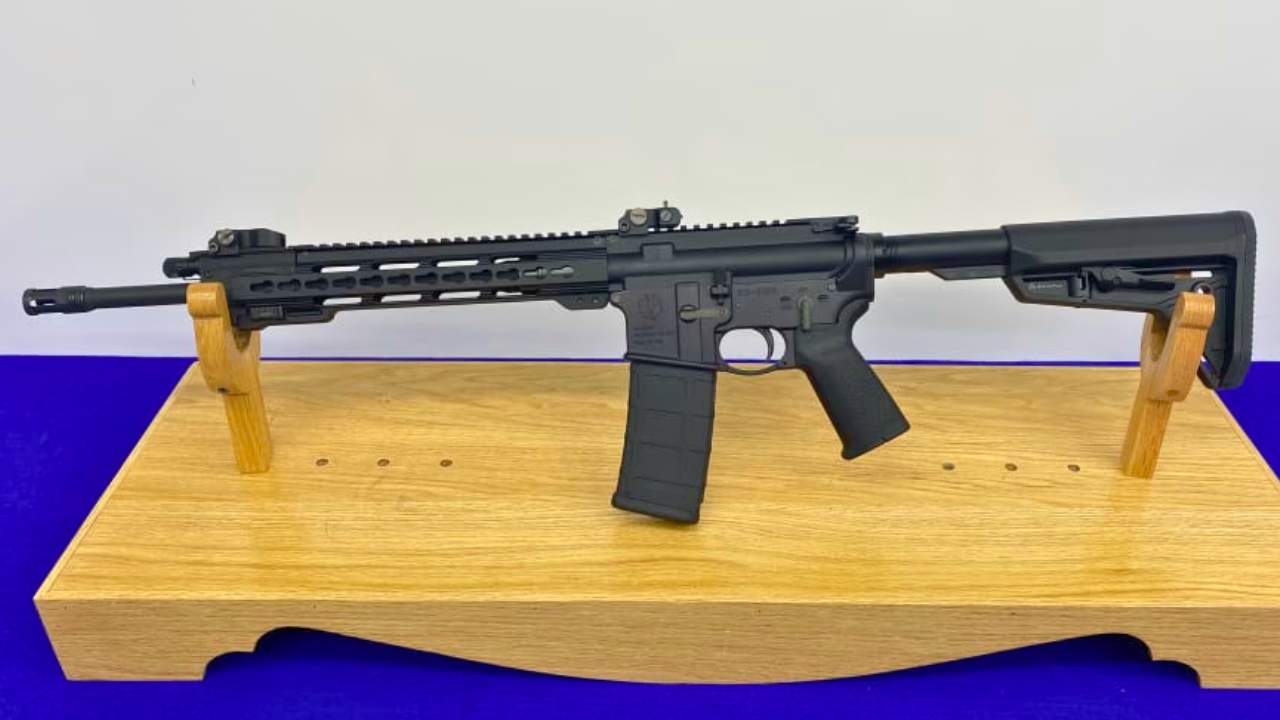
Ruger’s attempt at a piston-driven AR wasn’t bad—but it was heavy, pricey, and never really stood out in a crowded market. Most buyers preferred cheaper direct-impingement rifles.
Ruger phased it out and quietly replaced it with the more budget-friendly AR-556 line, leaving SR556 owners with a bulky rifle that didn’t stick around long.
Browning BPS Buck Special
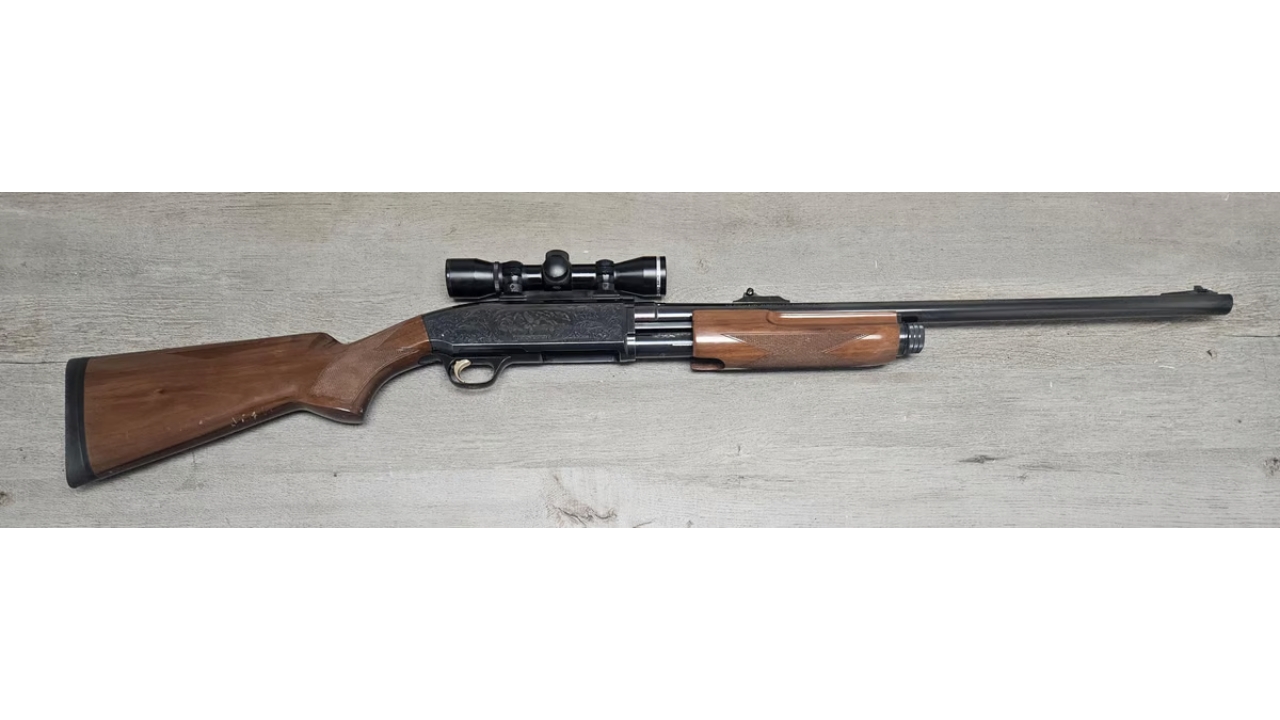
The BPS Buck Special was designed as a smoothbore slug gun, but it ended up being more niche than useful. It was heavy, awkward to carry, and less accurate than rifled options.
Browning discontinued it after poor sales, and most deer hunters shifted to more modern dedicated slug guns or rifles where legal.
Colt All American 2000
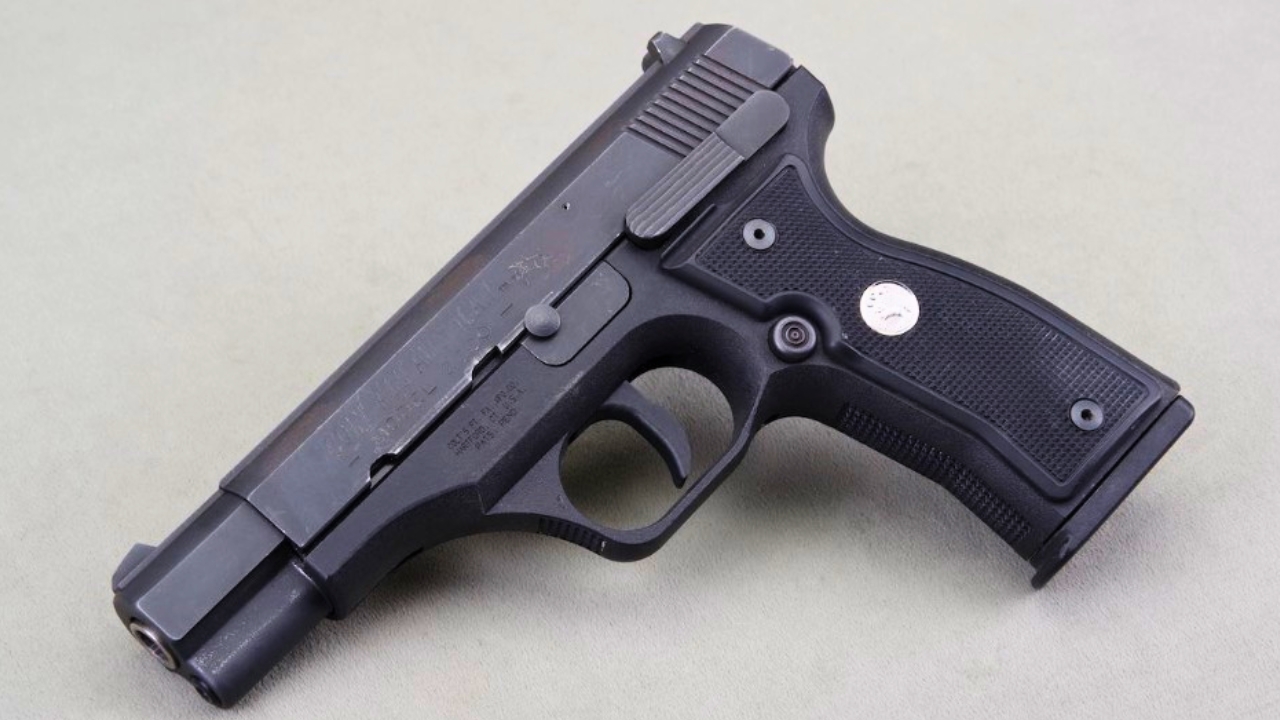
The All American 2000 was supposed to be Colt’s big play into the polymer pistol market. Instead, it flopped hard. Poor ergonomics, inconsistent triggers, and reliability problems doomed it early.
Colt axed it after just a couple years. Today it’s mostly a curiosity piece, not something shooters actively hunt for.
Marlin Model 55 Goose Gun
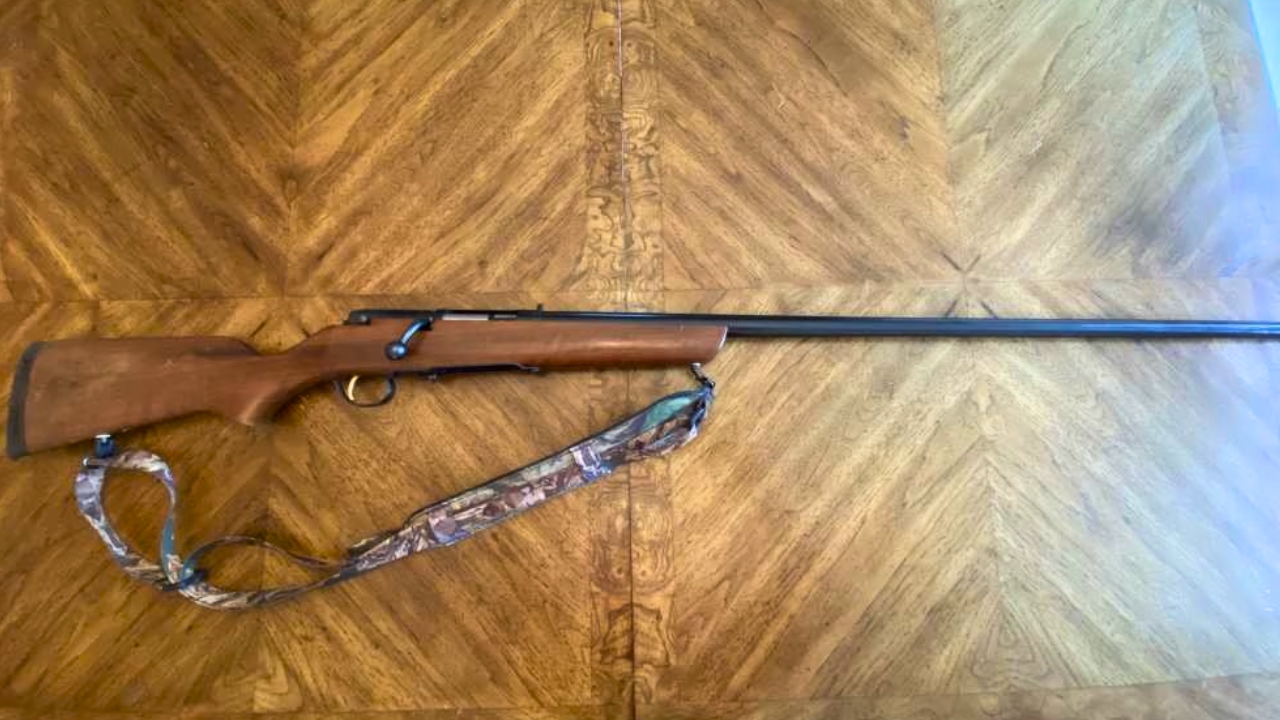
A bolt-action shotgun with a 36-inch barrel sounded interesting, but the Model 55 Goose Gun was too long and awkward for most hunters.
It was discontinued decades ago, but it’s a good reminder that not every niche idea catches on. These days, folks chasing geese prefer shorter, semi-auto options.
Savage 1907
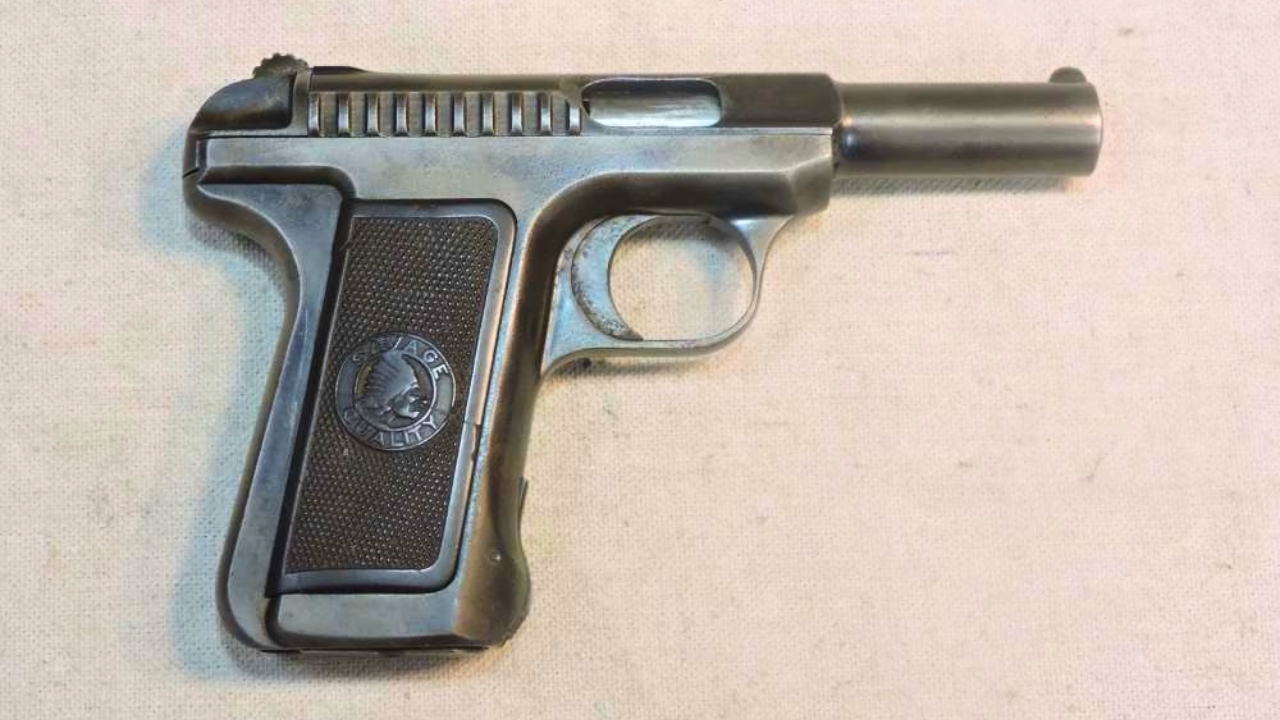
Savage’s early attempt at a semi-auto pistol was advanced for its time, but it just didn’t stick around. Ammo availability and competition from more modern designs killed it off.
It’s now more of a collector’s piece, but back then, it faded quickly when shooters wanted more practical handguns for carry and defense.
Smith & Wesson Sigma Series
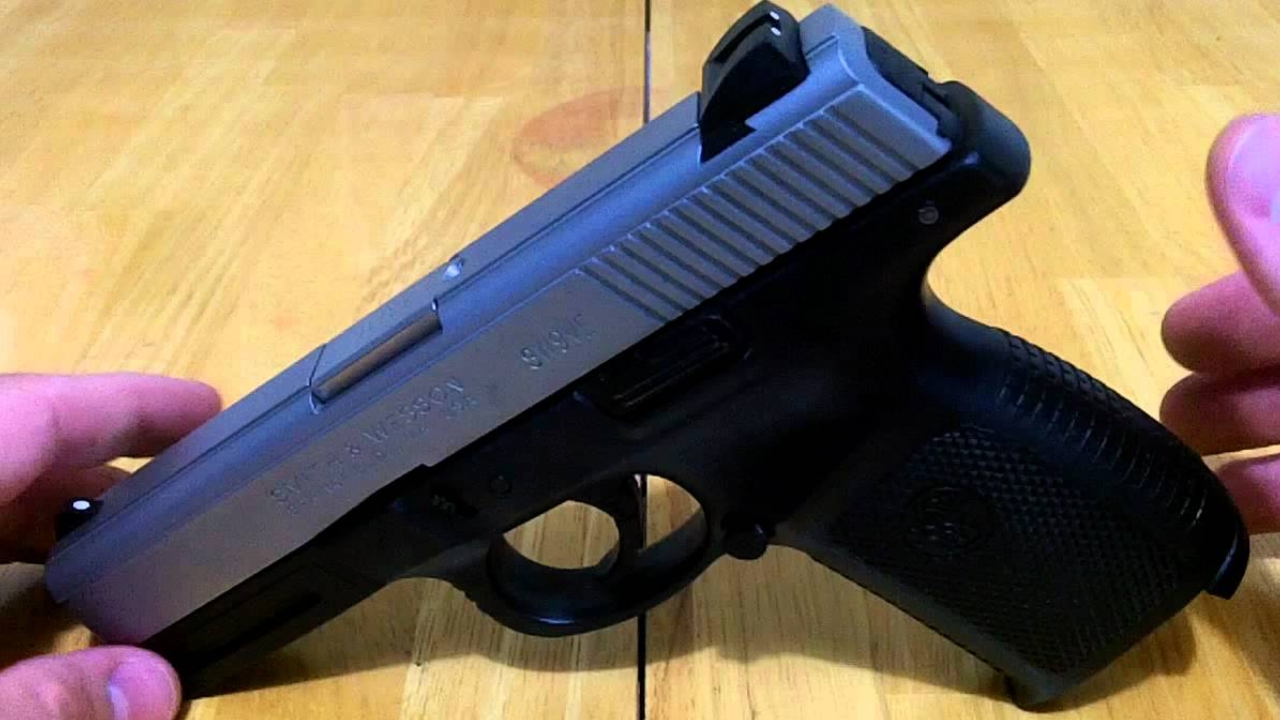
The Sigma line was meant to compete with Glock, but early models had gritty triggers and lawsuits over patent issues. Smith eventually gave up on it.
It was replaced by the more successful M&P line, and most Sigma owners quietly traded theirs off when better options hit shelves.
FN FNP Series
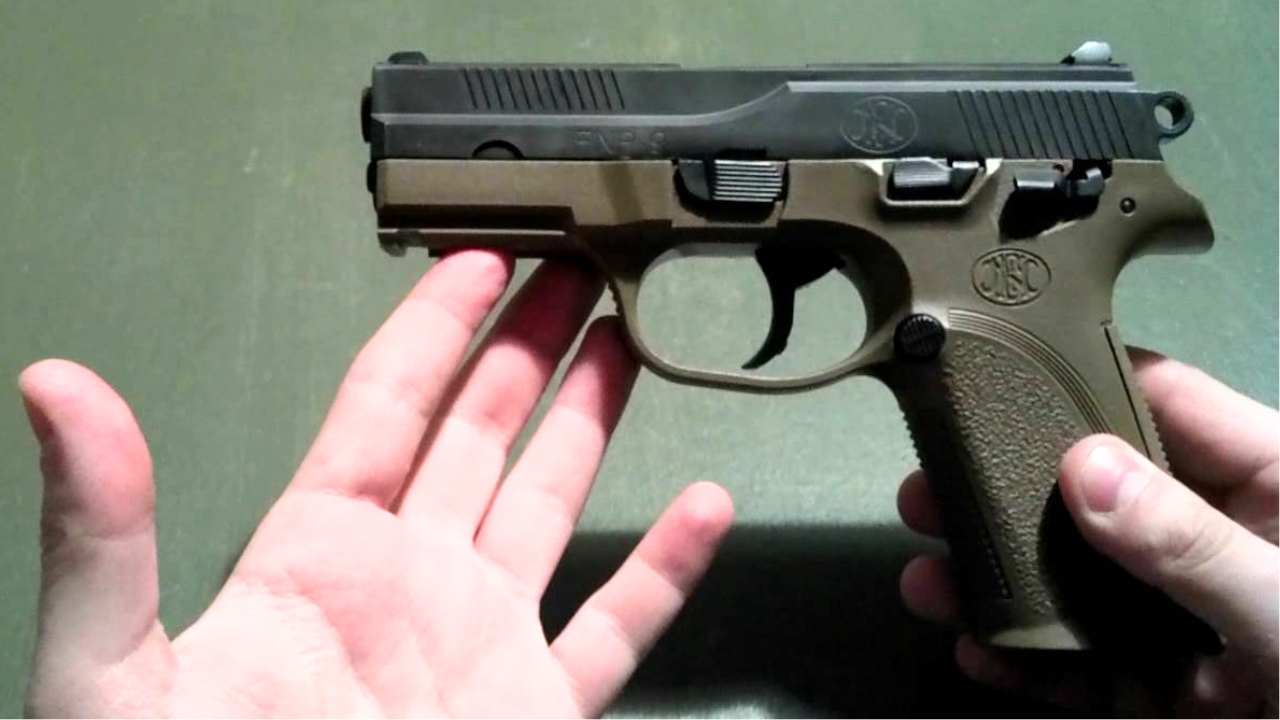
The FNP pistols were decent, but they got replaced fast by the FNX series. Shooters liked some features but disliked others, like the clunky feel and outdated controls.
FN moved on quickly, and now the FNP series feels like a forgotten chapter in FN’s lineup, outpaced by more modern FNX and 509 models.
Walther CCP (First Gen)

The first generation CCP had a promising gas-delayed blowback system but ended up plagued by reliability problems and safety recalls.
Walther tried to fix it with the M2 version, but by then, many shooters had lost interest. The original CCP quietly disappeared from shelves after disappointing early adopters.
Taurus 809
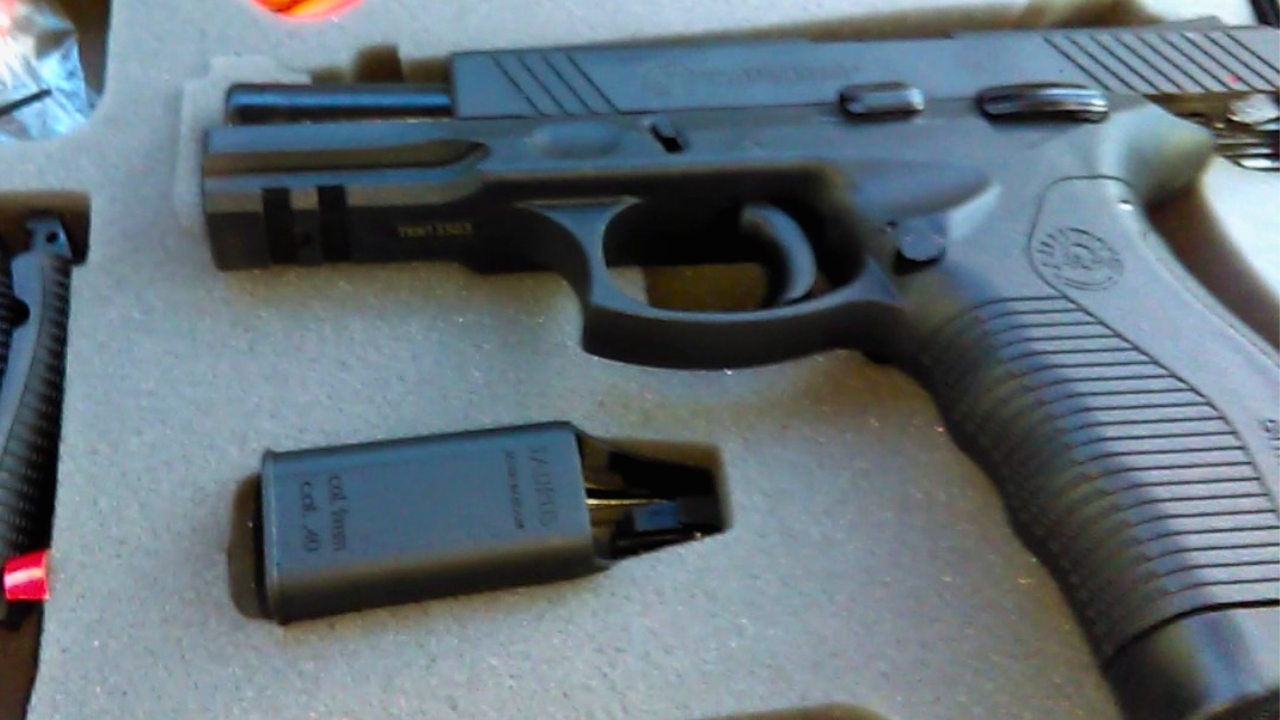
The 809 aimed to be a budget-friendly duty pistol, but it never really delivered on reliability. Reviews were mixed from the start, and malfunctions were common complaints.
Taurus discontinued it after poor sales, and these days you’ll only see it in the bargain bin—if at all.
*This article was developed with AI-powered tools and has been carefully reviewed by our editors.






